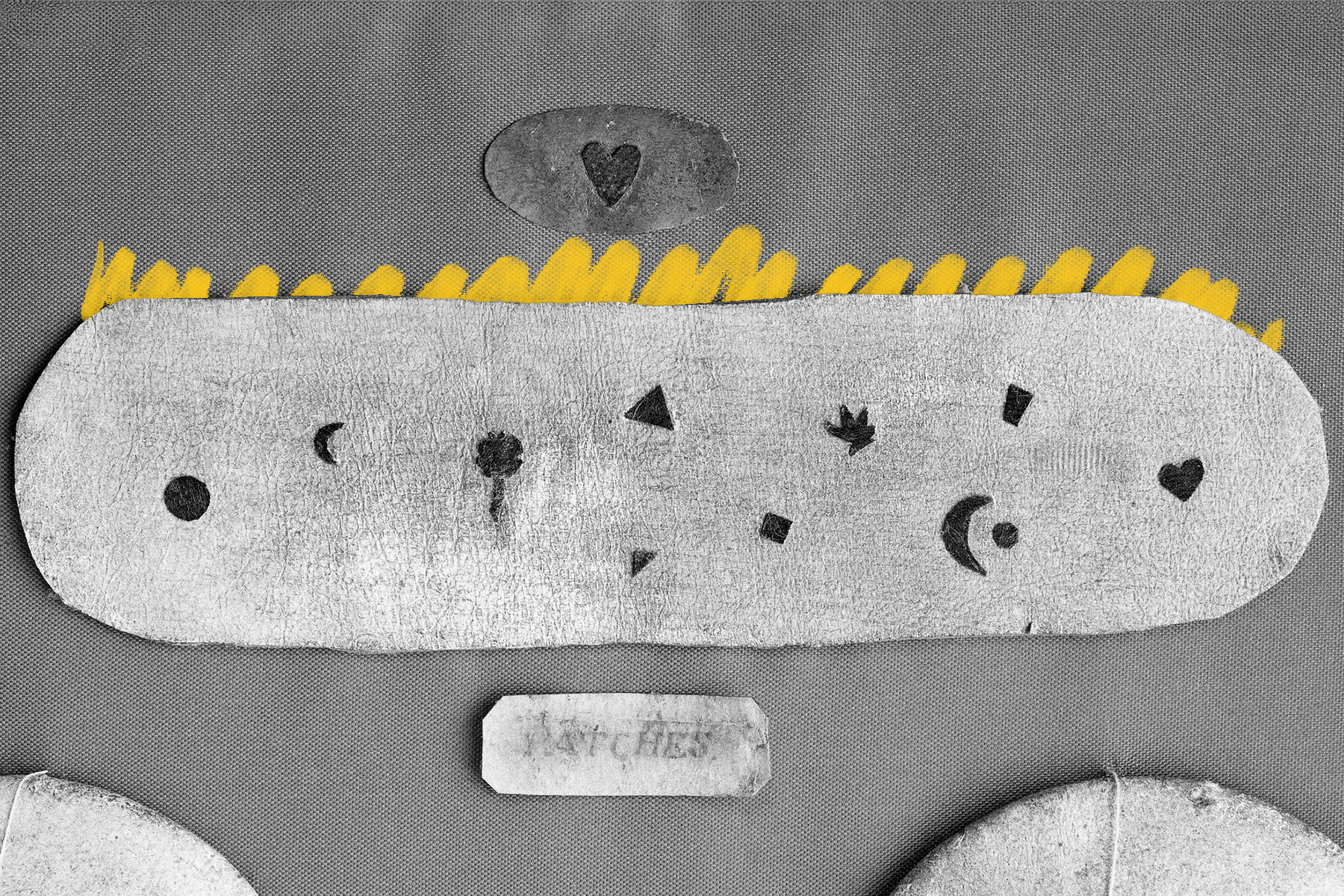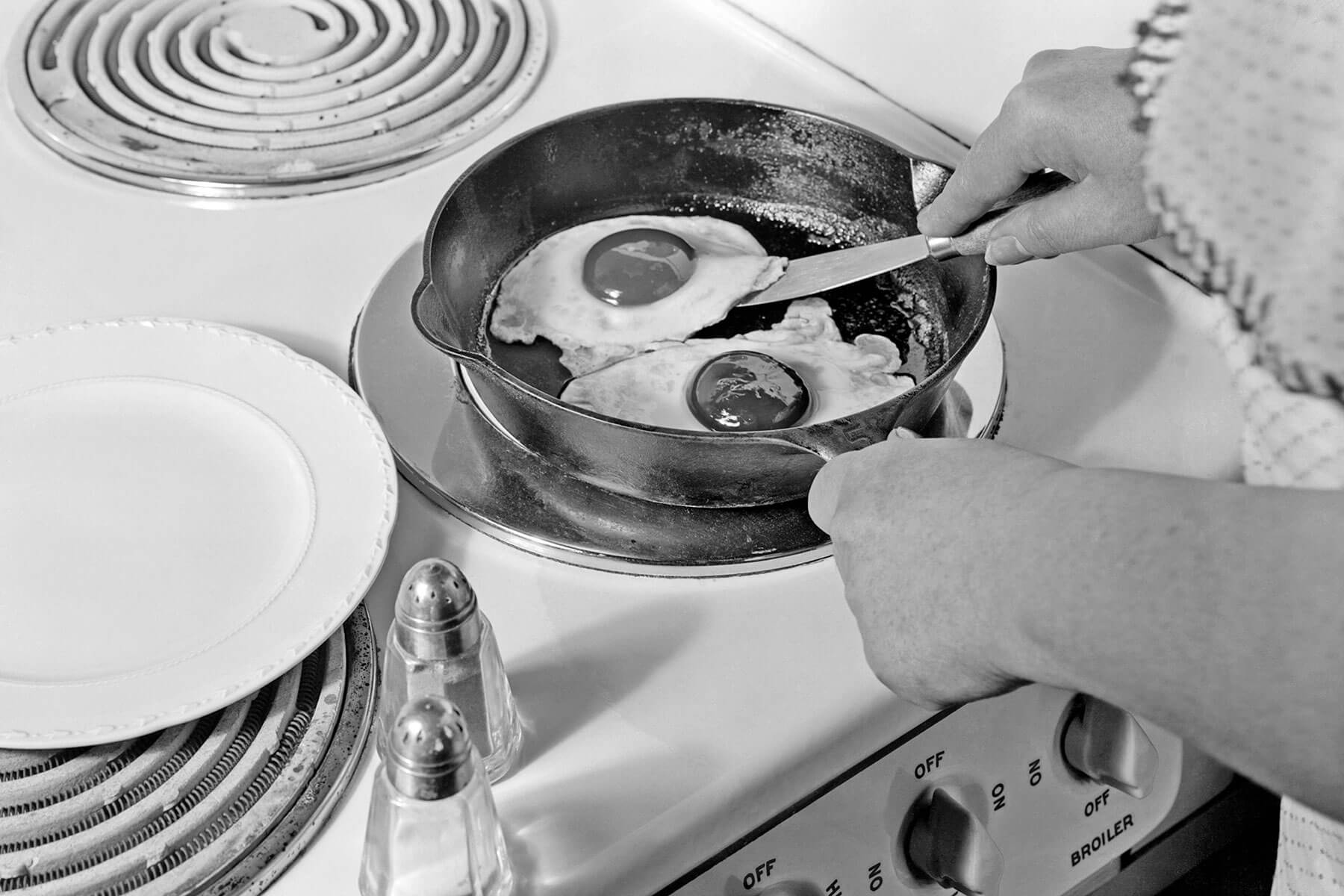 |
French aristocrats wore a version of pimple stickers. |
Arts & Culture |
 |
| |
| Decorative blemish covers called mouches were all the rage in France at the end of the 16th century. Cute little shapes such as hearts, crescent moons, and diamonds were cut from silk, taffeta, velvet, or satin, and often backed with adhesive before sale. But it wasn't just acne that these early users were worried about: Smallpox and syphilis were abundant, and both left serious scarring behind. | |
| The bold patches went well with the ostentatious makeup popular among the French aristocracy at the time, including white hair powder, white face paint, and dramatic rouge. Just as today's adorable pimple patches are sometimes worn just for fun, mouches started appearing on unblemished skin — and sometimes in meaningful locations. Wearing one on the right cheek, for example, would communicate that you were married, while the left cheek meant engaged. Mouches weren't the first complexion stickers, either. Ancient Romans would stick small leather dots called splenia or alutae to their faces to cover blemishes — and, as with the patches of Renaissance-era France and today, people eventually started wearing them for fun. | |
 | |
 | |||||||||
By the Numbers | |||||||||
| |||||||||
| |||||||||
 | |||||||||
| |||||||||
Whole pigeons were used in Renaissance beauty treatments. | |||||||||
| Beauty rituals in the 16th century were not for the faint of heart: Bloodletting, lead-based paint, and even urine were all part of the cosmetic arsenal. One of the stranger recipes to emerge from the era is a lotion made from whole pigeons, published in 1540. It called for two plucked pigeons stuffed with Venice turpentine, lilies, eggs, honey, periwinkles, pearls, and camphor, cooked in a glass vial. The liquid from the pigeon vial was infused with musk and ambergris — it probably didn't smell very good — silver, and more pearls. Similar recipes for "pigeon water" appeared throughout the 17th century and, occasionally, beyond. One variation published in 1832 calls for, among other things, eight pigeons, crumbs from French rolls, and white wine, left to stew for 17 to 18 days. | |||||||||
 | |||
Recommended Reading | |||
 | |||
| | |||
 | |||
| | |||
| + Load more | |||
| |||||||||
| 700 N Colorado Blvd, #513, Denver, CO 80206 | |||||||||
|





No comments:
Post a Comment